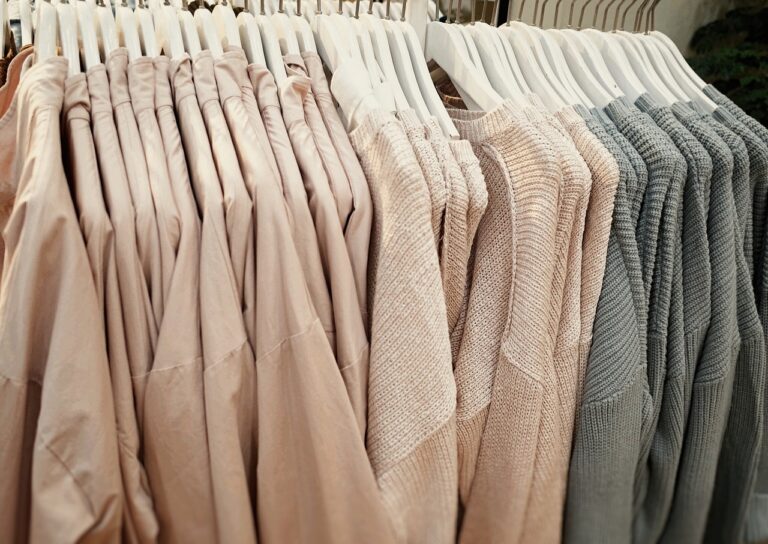The Future of Fashion: Sustainable Materials and Design Innovations
One of the most crucial aspects of creating a more sustainable fashion industry lies in the materials used to make clothing. Traditional fabrics like cotton and polyester have a significant environmental impact due to the resources required for their production and their non-biodegradable nature.
In response to this growing concern, there has been a noticeable shift towards utilizing sustainable fabrics in the fashion industry. These fabrics are typically made from eco-friendly materials such as organic cotton, hemp, bamboo, and recycled polyester. By incorporating these materials into clothing production, fashion companies can significantly reduce their carbon footprint and help protect the environment.
Innovative Design Techniques for Eco-Friendly Clothing
Designers are increasingly incorporating innovative techniques to create eco-friendly clothing that minimizes the negative impact on the environment. One such technique involves utilizing zero-waste pattern cutting methods, where fabric is strategically placed on a pattern to reduce or eliminate textile waste. By carefully planning the layout of each garment, designers can optimize the use of materials and minimize leftover fabric scraps that often end up in landfills.
In addition to zero-waste pattern cutting, designers are also exploring the use of upcycling and repurposing techniques to breathe new life into old or discarded clothing. This process involves transforming pre-existing garments or materials into new, stylish pieces, reducing the need for virgin resources and diverting textiles from the waste stream. Through innovative design approaches like upcycling, designers are able to create unique and sustainable clothing collections that contribute to a more environmentally conscious fashion industry.
The Rise of Biodegradable and Recycled Materials in Fashion
As the fashion industry shifts towards more sustainable practices, the use of biodegradable and recycled materials is becoming increasingly prevalent. Designers and brands are recognizing the importance of reducing their environmental impact and are turning to these innovative materials to create eco-friendly clothing options. Biodegradable fabrics such as lyocell, modal, and bamboo offer a renewable alternative to traditional materials, while recycled textiles made from items like plastic bottles and old clothing help reduce waste and conserve resources.
By incorporating biodegradable and recycled materials into their collections, fashion companies are not only helping to protect the planet, but also appealing to a growing number of eco-conscious consumers. Sustainable fabrics are gaining popularity among those who are seeking stylish clothing options that align with their values of environmental responsibility. As more brands embrace these materials, the fashion industry is moving towards a more sustainable future where biodegradable and recycled fabrics are no longer niche choices, but the norm.





